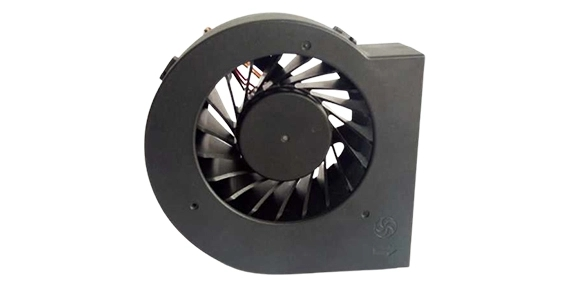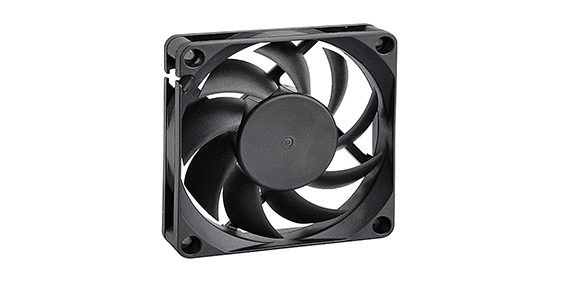In the realm of electronic systems and thermal management, DC cooling fans play a crucial role in ensuring the optimal performance and longevity of components. This exploration delves into the fundamentals of DC cooling fans, shedding light on their design, functionality, and diverse applications across various industries.
Understanding the Basics of DC Cooling Fans
A DC cooling fan, at its core, is a type of fan designed to dissipate heat generated by electronic components. The term "DC" refers to the type of electrical power the fan utilizes, namely direct current. The primary function of a DC cooling fan is to facilitate the exchange of hot air with cooler air, preventing electronic components from overheating and maintaining a stable operating temperature.

The Mechanism of DC Cooling Fans
DC cooling fans operate on a straightforward yet effective mechanism. The fan comprises a set of blades mounted on a central hub, connected to a motor that is powered by a direct current source. When the fan is activated, the motor spins the blades, generating airflow. This airflow is directed over the heat-generating components, such as processors, circuit boards, or power supplies, effectively dissipating the accumulated heat.
The axial cooling fan design is prevalent in DC cooling fans, where the blades rotate around an axis, producing a linear airflow parallel to the axis. This axial flow pattern is efficient for applications where a consistent and directed stream of air is required.

Advantages of DC Cooling Fans over Alternatives
Compared to traditional cooling methods, such as passive heatsinks or natural convection, DC cooling fans offer several advantages. The active airflow generated by these fans ensures a more efficient and controlled cooling process. The axial cooling fan design, specifically, provides a focused and directed airflow, making it suitable for applications where precision cooling is essential.
In contrast to alternating current (AC) cooling fans, DC cooling fans are often preferred for their simplicity and ease of control. The direct current power source allows for straightforward integration into electronic systems and compatibility with various power supply configurations.
Innovations and Future Trends of DC Cooling Fans
As technology continues to advance, innovations in DC cooling fans are shaping the future of thermal management. Enhanced materials, improved blade designs, and intelligent control systems contribute to the ongoing evolution of these fans. The integration of smart technologies, such as temperature sensors and predictive maintenance features, further refines the efficiency and reliability of DC cooling fans.
In conclusion, a DC cooling fan is a vital component in the world of electronic systems, ensuring that temperatures are kept within safe operating limits. The axial cooling fan design, coupled with energy-efficient features and variable speed control, positions DC cooling fans as indispensable tools in maintaining the health and performance of electronic components across diverse industries. As technology evolves, the role of DC cooling fans is set to become even more critical in the face of increasing demands for efficient thermal management in electronic systems.

 EN
EN 
 +
+
 +
+
 +
+



